PERM/EB-3 Visa – Professional, Skilled, and Unskilled Workers
EB-3 visa is an immigrant visa category for U.S. employers seeking to permanently employ for professional, skilled, or unskilled positions. The position must be full-time and permanent in nature. The EB-3 process involves three major steps.
Step 1: the PERM Labor Certification Process with the Department of Labor
PERM, an acronym for the Permanent Labor Certification, is a meticulously designed process overseen by the U.S. Department of Labor (“DOL”) as part of the employment-based immigration system. The PERM process consists of three mini steps: (1) Prevailing Wage Determination; (2) Employer Recruitment; and (3) PERM Application.


Prevailing Wage Determination: The first step is filing a Prevailing Wage request. The DOL determines the prevailing wage, which is the minimum salary required to be paid by the Employer, based on the position and its location. This wage ensures that the salary offered for the position does not undercut domestic wages and promote unpleasant working conditions.
Employer Recruitment: After receiving the prevailing wage, but before filing a PERM application with the DOL, the employer must undertake a recruitment process to potentially identify any qualified U.S. workers in the workforce. This typically includes advertising the job in various mediums in accordance with the DOL regulations created in 2005, such as the state workforce agency, newspapers, radio ads, job boards, and/or the employer’s own website. The recruitment process varies depending upon the type of position, job location, job requirements, travel requirements, number of positions available, etc.
PERM Application Submission: Once recruitment is complete and no suitable U.S. workers are found, the employer files ETA Form 9089, also known as the PERM application, with the DOL. This form includes detailed information about the job, its requirements, recruitment efforts, and the foreign worker. Once DOL approves the PERM application, we move on to Step 2.
Step 2: the I-140 Petition with USCIS
This petition is to establish that there is an employer-employee relationship, the employer-sponsor has the ability to pay the offered wage, and the employee qualifies for the job position. USCIS often takes several months to adjudicate an I-140 petition. The I-140 petition is eligible for premium processing which means by paying an additional fee USCIS will process the I-140 petition within 15 calendar days.


Step 3: Green Card Application through Adjustment of Status or Consular Processing
Adjustment of Status: If the immigrant employee is in the United States on another valid status (F-1, H-1b, E-2, etc.) and an immigrant visa is available, an adjustment of status application can be filed.
If an immigrant visa is available when it is time to file the I-140 petition, the I-140 petition and the adjustment of status application will be filed together. If an immigrant visa is not available at the time of
filing the I-140 petition, the adjustment of status application will be filed as soon as an immigrant visa becomes available.
Consular Processing: If the immigrant employee is outside the United States, once the immigrant visa is available, the national visa center will send a notification to proceed with the consular application, schedule an interview at the consulate, and be issued an immigrant visa.
How do you know if an immigrant visa is available?
The Visa Bulletin summarizes the availability of immigrant visas and is governed and maintained by USCIS and the Department of State. The Visa Bulletin only applies to immigrant visas in the following categories: employment based, family preference, and special immigrant visa. A visa is available if the date on the applicable chart is on or after the priority date of the qualifying petition (I-130, I-140, I-360, etc.). You can find the priority date for the qualifying petition on the receipt notice or approval notice issued by USCIS. However, EB-3 PERM applications are treated differently, and therefore, the priority date for EB-3 PERM cases is the date that the PERM application was filed as part of Step 1.
Department of Status Visa Bulletin:
USCIS Visa Availability for Adjustment of Status Guidance:




